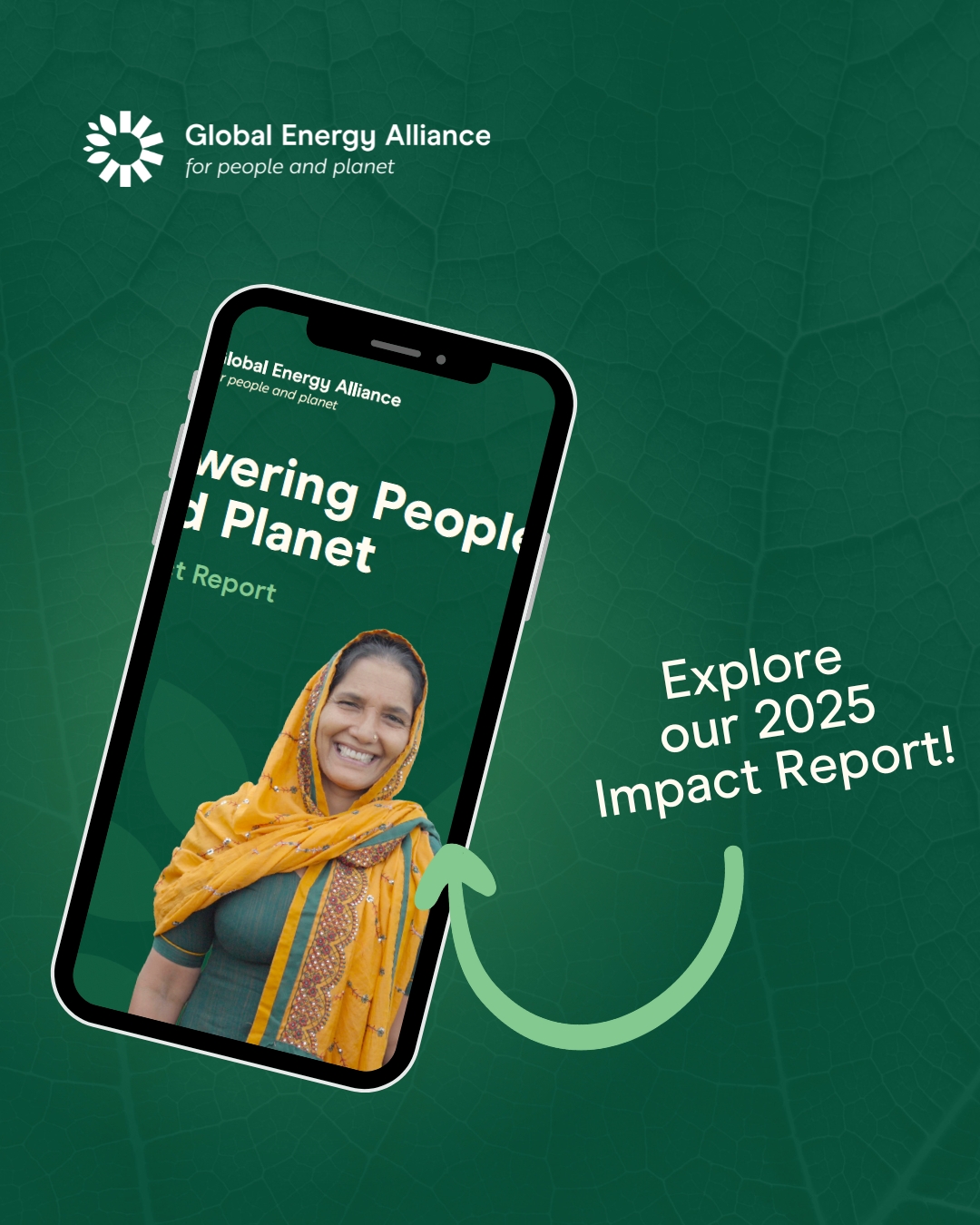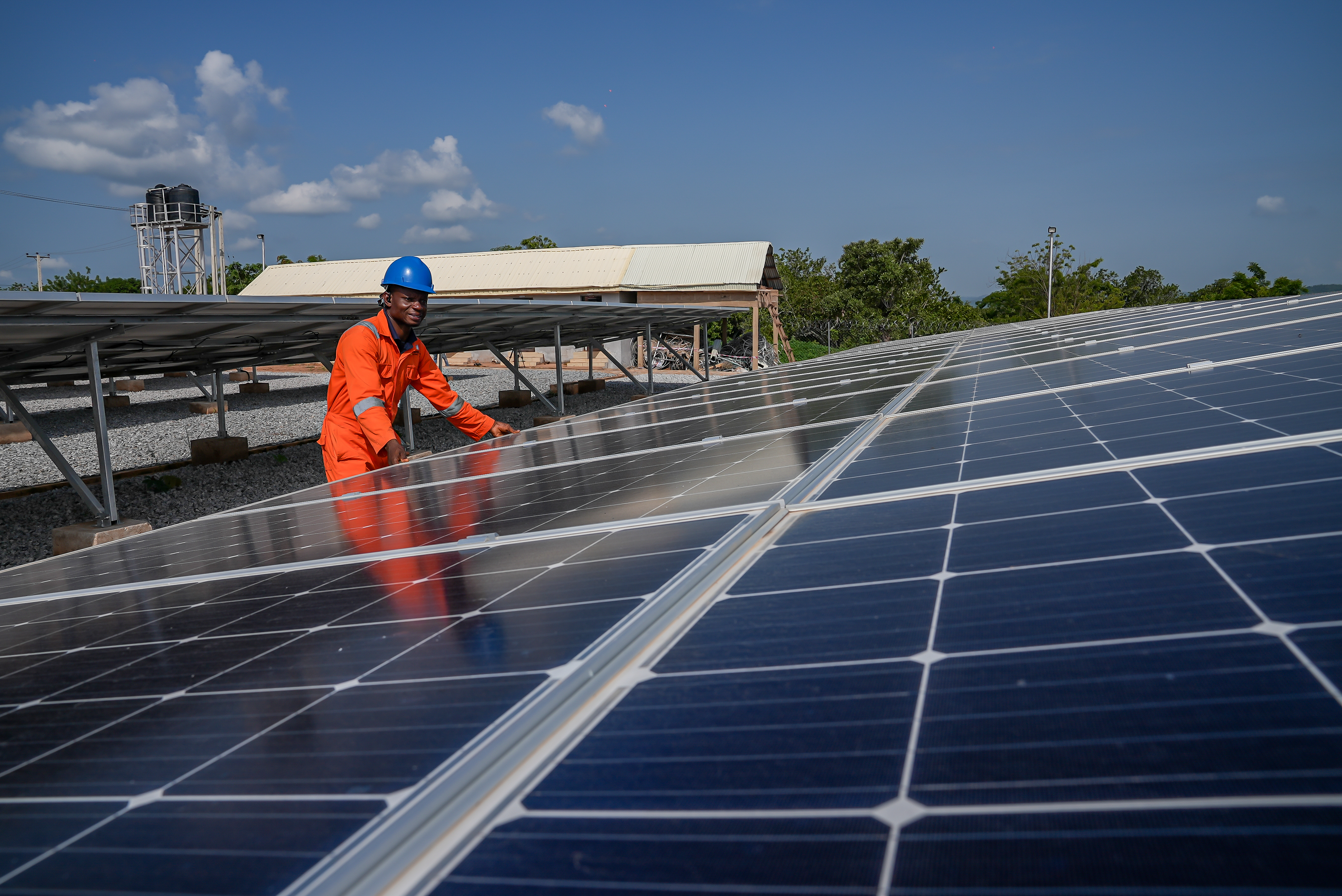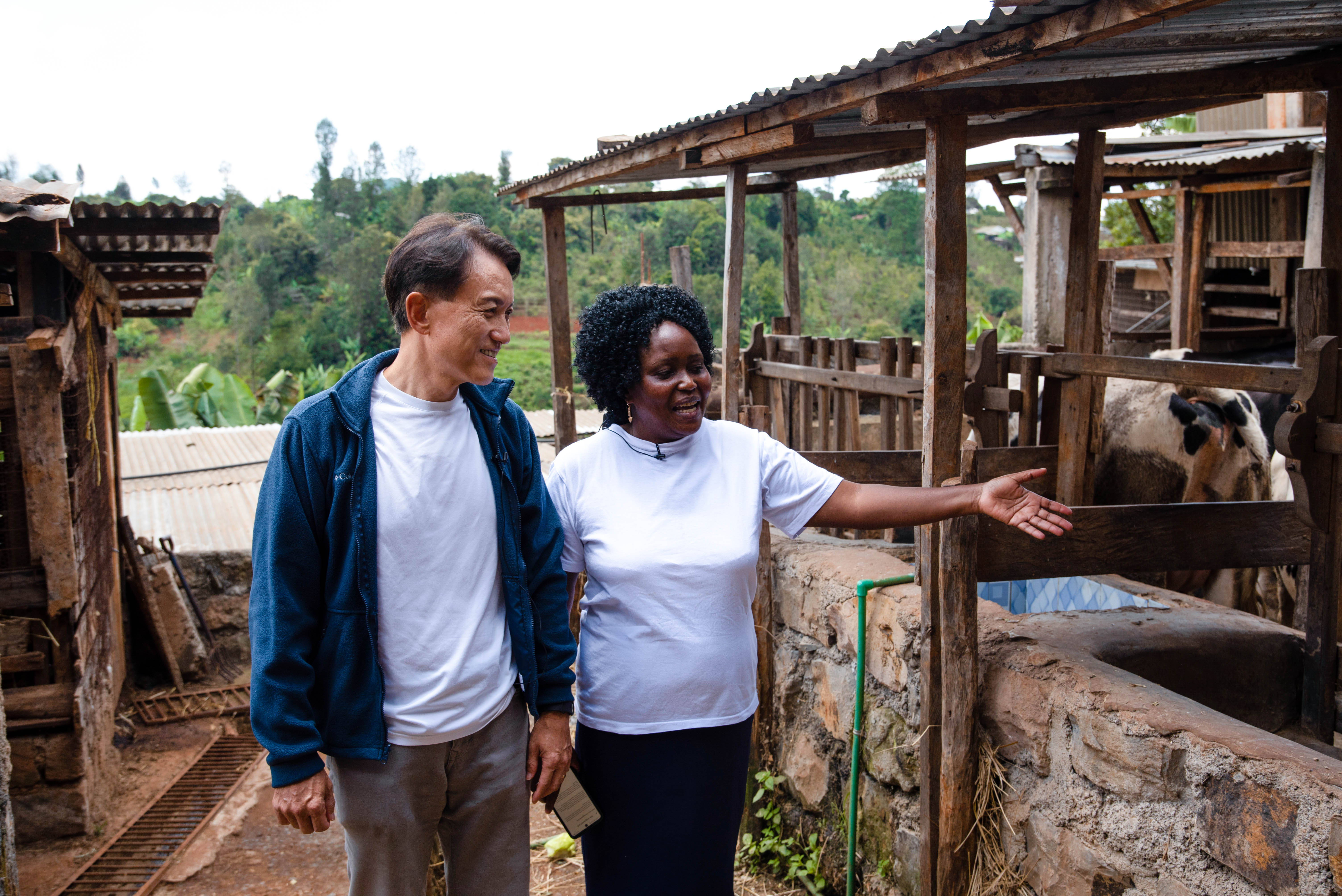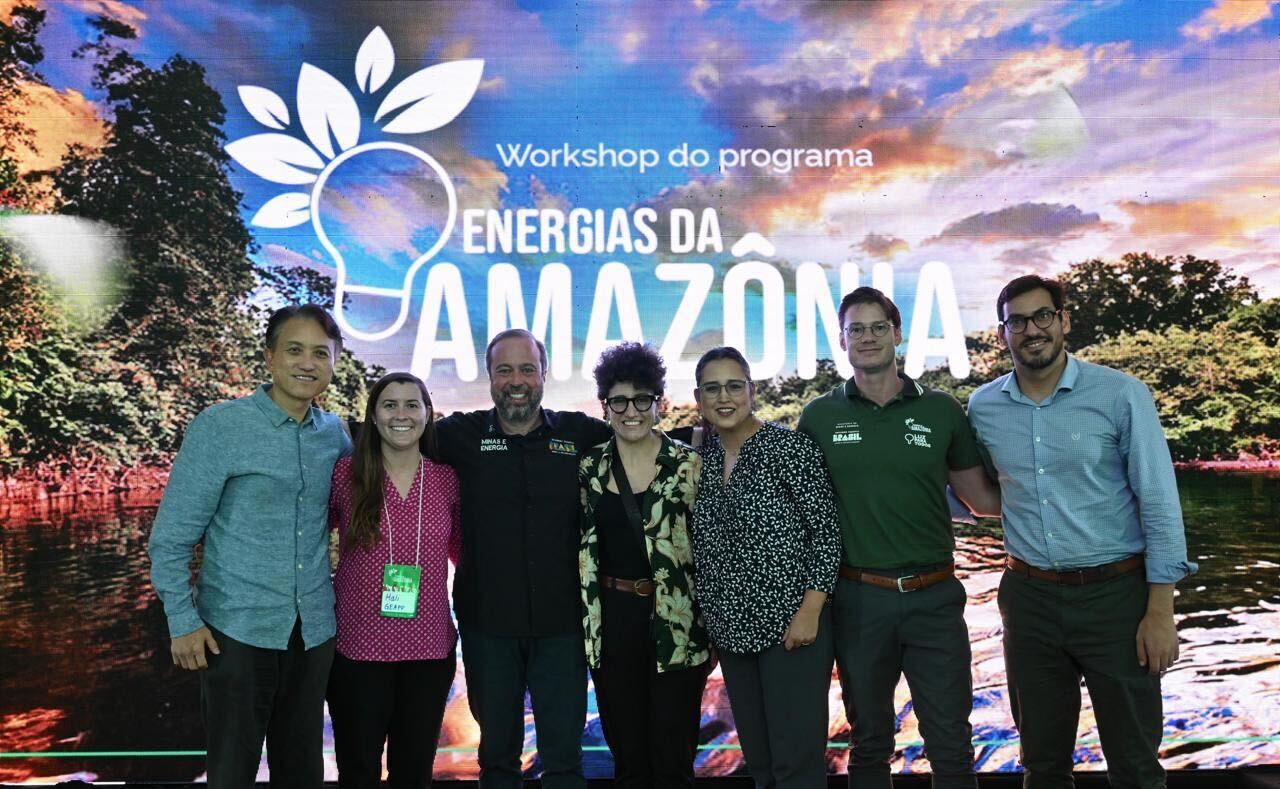Beyond access: Driving jobs, livelihoods and inclusive growth through clean energy in Asia

Jarot Welan and Mama Intan are part of a fishing community in Indonesia that is using solar-powered ice makers to scale their businesses. In India, farmers like Nirmal Das Swami and Shivraj Seni no longer have to wait till nighttime to irrigate their fields. With solar plants, electricity has become more accessible and reliable. These are not just anecdotes; they are lived realities at the heart of the recently launched Powering People and Planet Impact Report. And they show us what clean energy means beyond electricity.
The report reflects the tangible progress that is made when purpose aligns with collaboration. It is a reminder that energy transition advances fastest when people, planet, and prosperity are at the center of our approach.
Why Asia’s transition matters
The global climate momentum stands at a crossroad. With COP30 approaching, countries are also preparing to update their Nationally Determined Contributions (NDCs). Meanwhile, climate commitments are grappling with a different reality: shrinking budgets, geopolitical headwinds, and coordination gaps.
For Asia, the challenge is even more pronounced. By 2050, nearly half of the global energy consumption growth is expected to come from this region. Home to nearly half of the world’s population, how the region meets its energy demand will determine the trajectory of the global energy transition.
Yet, the evidence is clear: when our actions are collaborative and community-centered, change accelerates.
Regional perspectives: India and Southeast Asia
Every transition is unique, and our strategies must reflect region-specific contexts. In India, where near-universal electrification has already been achieved, the challenges now are enhancing reliability, accelerating renewable integration, and closing gaps in coordination, knowledge, and finance. Southeast Asia faces a different set of pressures: fossil fuel dependence, traditional grid infrastructure, and regulatory uncertainty, compounded by geographical diversity. However, progress is underway.
In Delhi, the BESS pilot is strengthening grid operations and also enhancing energy access for over 100,000 consumers. In Vietnam, a BESS Task Force has been launched to shape technical standards, regulatory frameworks, and financing models for large-scale storage integration. This initiative is laying the foundation for investor confidence and a resilient, renewable-powered grid by 2030. At the regional level, initiatives like the ASEAN Power Grid are enhancing both market resilience and efficiency, while platforms like the Energy Transition Accelerator Financing Platform (ETAF) are bridging financing gaps.
At the community level, employment opportunities are rising, as seen in the digitalization of utilities in Rajasthan. Farmers in Uttar Pradesh are cutting diesel costs and increasing yields with solar pumps. Remote island communities in Indonesia are transforming their businesses as reliable electricity reaches them for the first time with solar-powered mini grids.
The Power of Alliances
The P3 Report is a reminder of the power of alliances in turning isolated efforts into systemic change. The clean energy transition is too complex, too urgent, and too important to be advanced by any one actor alone. Progress comes when all stakeholders- governments, financiers, innovators, philanthropies, and communities come together. And a living testimony of what this looks like on the ground is GEAPP’s three years of work across India, SEA, and other emerging economies.
Take the Battery Energy Storage Systems (BESS) consortium as one example. What started as a collaborative push to stabilize grids has grown into a blueprint for collective action. The consortium is scaling BESS projects across geographies while also shaping national roadmaps for the future. The result is reliable power for millions of households and enterprises, and a pathway to inclusive growth. The Alliance has partnered with the Asian Development Bank to launch the Enhancing Access to BESS for Low-carbon Economies (ENABLE) platform, aimed at operationalizing the BESS Consortium, mobilizing finance and technical support for initial storage projects, and fast-tracking the exchange of best practices across the region
This is the multiplier effect of alliances: isolated pilots growing into systemic change.
Looking ahead
While the P3 Report highlights the progress made so far, it also offers insights into how we can better adapt to the changing energy ecosystems. In five years, the result of our collective action can look like 300 million people in India with clean energy access, grids backed with battery storage delivering reliable energy across Southeast Asia, and energy transition roadmaps translated to real, inclusive growth on the ground.
Both India and Southeast Asia are already emerging as powerful examples of how inclusive, collaborative models of clean energy can work. What comes next depends on our resolve to leverage finance and technology and to keep in sight the human stories behind the numbers. Continuing on this path of collaboration, with the next P3 Report, we will be one step closer to the energy future we envision.
Explore our 2025 Impact Report



